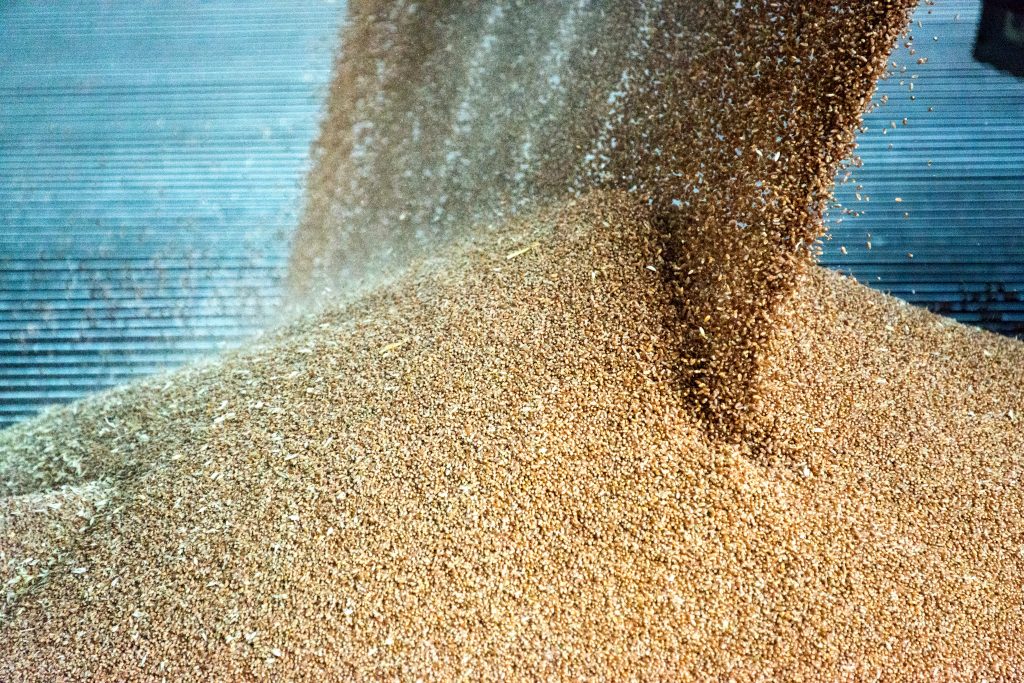
Many production facilities have problems with poor material flow. Powders or other bulk materials cake on the hopper or bin walls and block the vessel outlet. But instead of reaching for the nearest hammer, many are now turning to more powerful, automated solutions—like pneumatic flow aids.
What are pneumatic flow aids?
Pneumatic flow aids are bulk solid handling equipment used specifically for improving the flow of material while it is transported or processed. They use compressed air to break up the cohesive friction that causes material blocks, and then propel the material down the vessel or pipes.
Pneumatic flow aids are often used in industries that handle dry, granular, or powdered materials, such as manufacturing, food processing, pharmaceuticals, and mining. Many of these materials are abrasive and fragile and can degrade if over-handled. The compressed air minimizes direct contact, unlike vibrators and other mechanical flow aids.
What are the different kinds of pneumatic flow aids?
- Fluidizers. Fluidizers are small discs attached inside the vessel wall. As the discs move, they push air down the vessel wall to loosen the material. While fluidizers are inexpensive and may even be pre-installed on some vessels, the gentle aeration can only activate light powders and can’t fix most bridging and ratholing problems.
- Air cannons. These large devices release single, powerful blasts of air to break up material blocks. The nozzles are carefully embedded in the vessel wall and hooked up to a system that automates the firing sequence. While it can activate sticky material, it uses a lot of electricity and can damage vessels. If not installed properly, the material can also accumulate inside the nozzle edges and cause sanitation and contamination issues.
- Pneumatic knockers. These are pistons that hit the vessel at variable intervals, much like an automated hammer. Unlike other pneumatic flow aids, a knocker doesn’t use air to activate the material—instead, the air powers the piston. Despite its name, its mechanisms are more similar to industrial vibrators or agitators.
- AirSweep. AirSweep is a unique pneumatic flow aid that resolves many of the issues found in fluidizers, vibrators, air cannons, and pneumatic knockers. The patented nozzle releases powerful bursts of air that can activate all materials, from light powders to very sticky and moist solids. It does not damage vessel walls and is installed outside the vessel for easy cleaning and maintenance.
How does AirSweep work?
The AirSweep system is uniquely designed to create on-demand, first-in/first-out material flow. Unlike pneumatic flow aids which run continuously, you can control exactly where and when the air pulses are released. It can also activate tougher materials, break up tough material blocks, and sweep the vessel walls completely clean. No material residue is left behind.
The role of pressure and volume
While all pneumatic flow aids will use compressed air, they achieve varying degrees of material activation—because of the simple principles of pressure and volume.
Think of it as a garden hose versus a fire hose. While they may both use water and have similar structures and mechanisms, a fire hose has more power and range. You can’t use a garden hose to put out a big fire, and you can’t use a weak pneumatic flow aid to solve tough material flow problems.
Get the right flow aid for your process
Choosing the right flow aid involves many factors like efficiency, cost, installation and maintenance, and more. We can help you weigh the pros and cons, and find the right solution for your needs. Contact us for a free consultation, and a custom proposal from our engineers.





Comments are closed